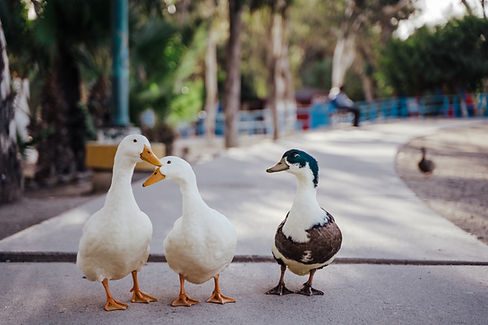
dont lick that duck
A website where you learn why not to lick the ducks, or the horses, or the bats, or the dogs, or the dolphins ...
Zoonoses are diseases that can be naturally transmitted from animals to humans.
dontlickthatduck is a place to find interesting facts about zoonotic diseases and what they can tell us about animal, human and planetary health.
Features
7 factors that drive zoonotic diseases
A recent United Nations report identified the main drivers of zoonotic diseases. Understanding these causes is critical if we want to prevent the next pandemic.

We love eating meat
Increasing global consumption of animal proteins increases the demand for intensive agriculture, and helps drive wildlife habitat destruction to support animal farming.

Unsustainable urban expansion and land exploitation
As humans encroach into and change wildlife habitat through agriculture, mining, tourism and urbanisation, there are more opportunities for human-wildlife interactions where diseases can spread.

Supercharged animal agriculture systems
Farming animals at industrial scale reduces their genetic diversity, increases stress, and offers more opportunities for diseases to emerge and spread.

It's so easy to move around the world
When diseases jump from animals to humans, they can then be moved quickly around the world to infect more people, sometimes before people know they are infected.

Wildlife exploitation for food, hunting, medicine and pets
Hunting, eating, trading and farming of wild animals increases the contact between wildlife pathogens and people, especially when animals are stressed and mixed with other species.

Food comes from everywhere
Food supply chains can now rapidly connect rural and urban populations, while breakdowns in food processing and hygiene practices can allow animal pathogens to hitch a ride to your kitchen.

Climate change
Climate change is a major driver of zoonotic disease emergence and spread. Changes in temperature, rainfall and ecological stability can increase the range of disease-spreading insects and ticks, and force wildlife out of their normal ecological niches and towards human populations. Changing seasonal patterns mean humans are encroaching ever further into wildlife habitat, increasing the risk of zoonotic disease spillover events.






